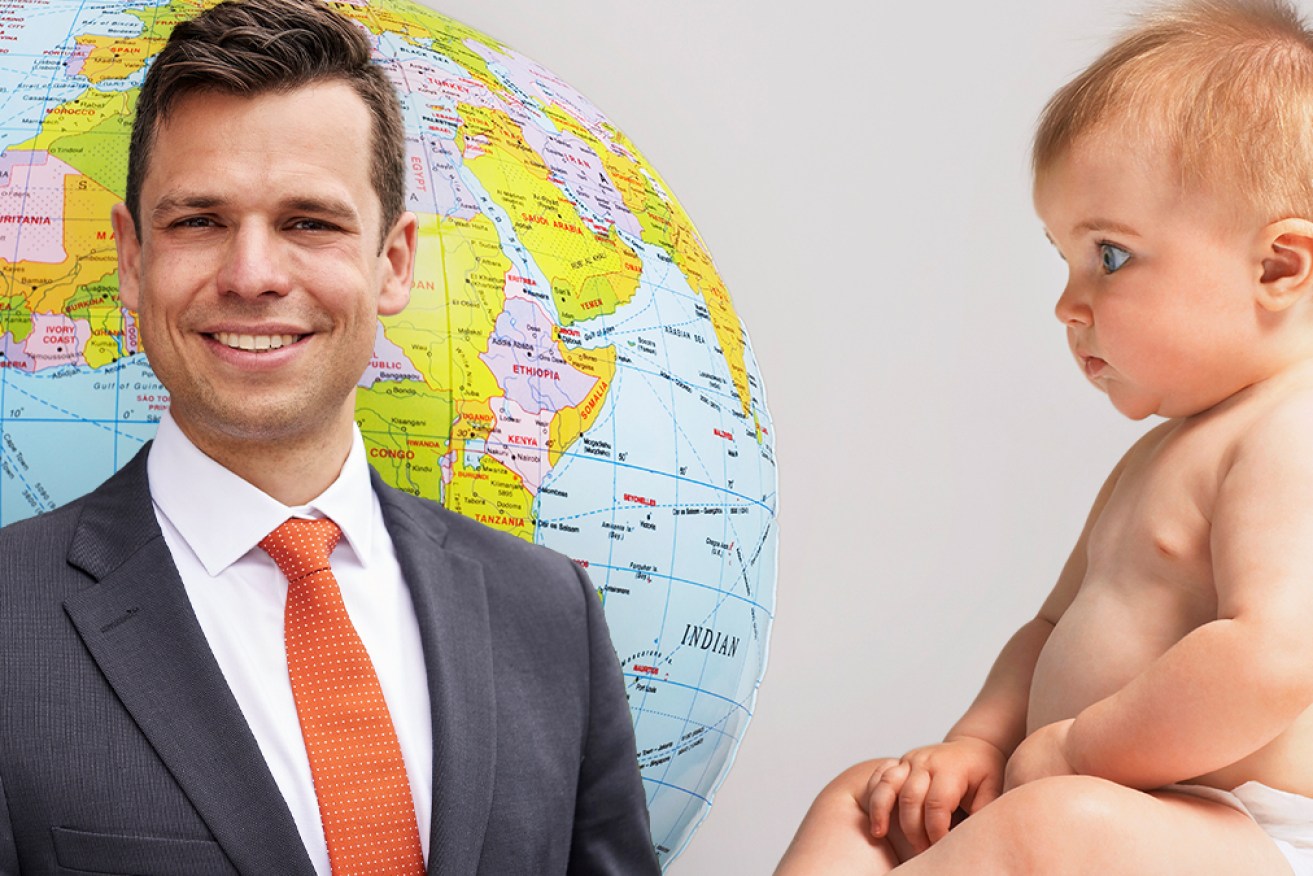The Stats Guy: Population matters, baby! The world saw peak baby five years ago


The world's baby booms are far behind it. Photo: TND/Getty
Can you remember having seen a baby in 2013? Maybe you even had one at the time?
It was in 2013 that the world reached ‘peak-child’. The planet will never see more babies than it has in 2013.
Babies are a shrinking cohort. This is the first sign of global human population growth coming to an end. The UN Population Division estimates that in 2086 we will see ‘peak humanity’. This might sound like an event in a future far, far into the future, but it is literally less than a human lifetime away.
This weird looking chart (Am I even allowed to size columns based on calendar years?) shows in which year each single year of age peaks globally.
As 2022 ends, we know that the number of five-year-olds is forever declining. As early as 2035 we will see peak-18-year-old. Peak baby is long gone.
Educated folks know the biological basics and engage in active family planning. Highly-educated folks spend a long time acquiring degrees, then dedicate their 20s and 30s to their careers. Once in their mid-30s they ran out of time to create all that many kids.
Richer folks have fewer kids.
As more and more humans in Asia and Africa leave poverty behind they invest heavily into the education of their offspring. They just left rural subsistence farming behind and moved into the city. Kids on a farm represent a workforce and produce income, kids in the city are a financial burden.
Housing also is prohibitive in expensive cities. How many Sydneysiders could possibly afford a house large enough for five kids? On top of this we know that in the developed nations, a pessimistic outlook of the future tends to drive birth rates down even further.
Since peak baby occurred already, we know for sure that peak humanity is just around the corner. Once the babies born in 2013 start dying, they will not be replaced by an equally sized new cohort of babies – more people will die every year than babies will be born.
The exact date of peak humanity depends on the longevity of humans around the world and catastrophes like war, famine, and pandemics. How fast will Nigeria improve its median age of death? Will Chinese people live for as long as their Japanese neighbours? Will we see a major famine in the next few decades?
While peak baby means that the global population will decline eventually, individual countries can still grow. Any growth country will have a high enough birth rate to replace its dying population, import people via migration, or both. A nation that imports migrants in their 20s and 30s all but guarantees and increased number of babies as well.
Australia and Canada are two great examples of nations that attract international skilled talent (aged in their 20s and 30s) while also featuring reasonably high birth numbers.
Both nations only need a relatively (in global terms) small migration intake to continue growing their population base. Even in a shrinking world the two nations are likely to project enough soft power to attract migrants at scale.
This makes Australia and Canada rare sights in the developed world. The UK and Canada both attract sizeable migrant cohort, but neither will see increasing numbers of babies. The population aged 0 will be essentially stable over the coming decades. In global comparison a stable number of babies is a great outcome.
A growing number of countries feature rapidly falling birth numbers. Russia is a great example. The strong birth cohort from the 1950s had fewer kids than their parents had resulting in a smaller birth cohort throughout the 1980s.
The kids from the 1980s had even fewer kids in the 2010s. The kids born in the 2010s are projected to create a measly cohort in the 2040s. In the span of a human life, Russia went from 3.5 million babies per year to 1.4 million babies. The nation is withering away.
This projection might still turn out to be overly optimistic since it doesn’t account for tens, if not hundreds, of thousand young Russian men dying in a senseless war. While Putin thinks he needs to go to war in Ukraine to stop the decline of Russia, he is expediting the inevitable. There is no plausible scenario in the short-term where Russia attracts migrants to turn its fortune around.
Without turning itself into a pariah state, Russia might’ve stood a chance to attract the coming wave of climate refugees. Demographically, Russia is caught in a downwards spiral with no way out. Also, these are only the official figures. Many researchers argue that Russian statisticians might have been generously rounding up their birth figures.
Another country frequently accused of polishing their population numbers is China.
Like Russia, China sees very little migration. State managed surveillance and strict COVID-zero strategies didn’t do the ‘Middle Kingdom’ any favours.
Even official statistics admit a steep decline in births from around 18 million per year pre-COVID, to under 11 million today. The one-child policy played into the falling birth numbers, but broader cultural shifts, general rhetoric discouraging births, probably played an even bigger role.
Now that small families became a cultural norm in China, generous government incentives (cash handouts, real estate subsidies and extension of maternity leave) don’t seem to turn the tide either. It is very hard to turn a declining population around.
Let’s look at one last example of a baby-less nation. You might associate Italians with big families but there are hardly any new Italians being added to the nation and families are now very small. Italy and most of Southern Europe essentially stopped making babies while the rest of the continent has birth rates below replacement level as well.
Europe will soon realise how much it needs more generous migration policies. In about a decade European Baby Boomers will all be retired, and the continent will desperately need migrants because the European Baby Boomers didn’t produce enough babies to have folks at hand to care for them in old age.
For migration nations like Australia and Canada that means increased competition. Australia shouldn’t blindly trust that it will forever be able to migrate its way out of any labour shortage.
We need to ensure that all industries become more efficient, embrace artificial intelligence, robotics, and automation.
We need to free up more workers by introducing more generous childcare subsidies (we are moving in the right direction here), by tapping into disadvantaged workforces in the indigenous and disability communities and encourage older folks to work a bit longer by not punishing them financially for doing so.
That said, Australia’s demographic profile still is reflective of our reputation as the ‘Lucky Country’.
Demographer Simon Kuestenmacher is a co-founder of The Demographics Group. His columns, media commentary and public speaking focus on current socio-demographic trends and how these impact Australia. Follow Simon on Twitter or LinkedIn for daily data insights (and, I promise, no more ludicrous dating advice).








